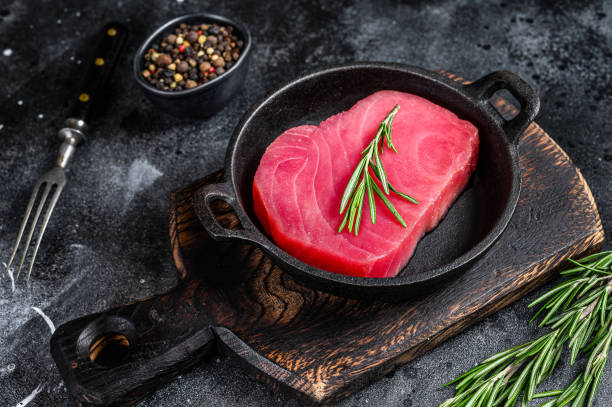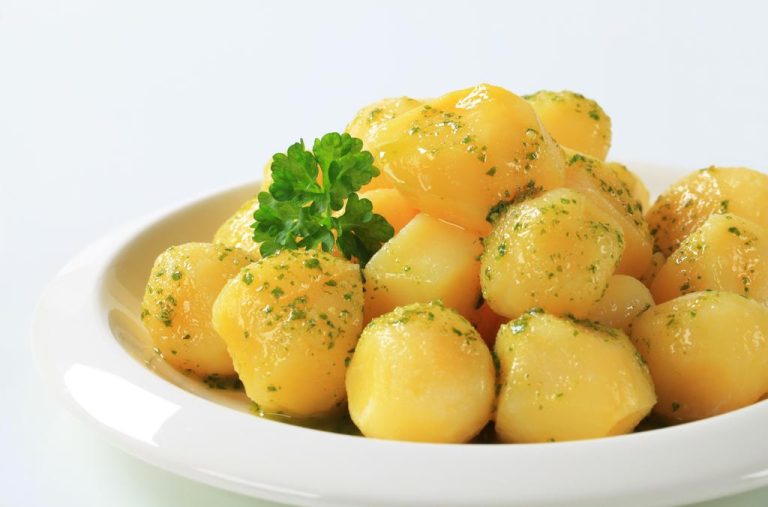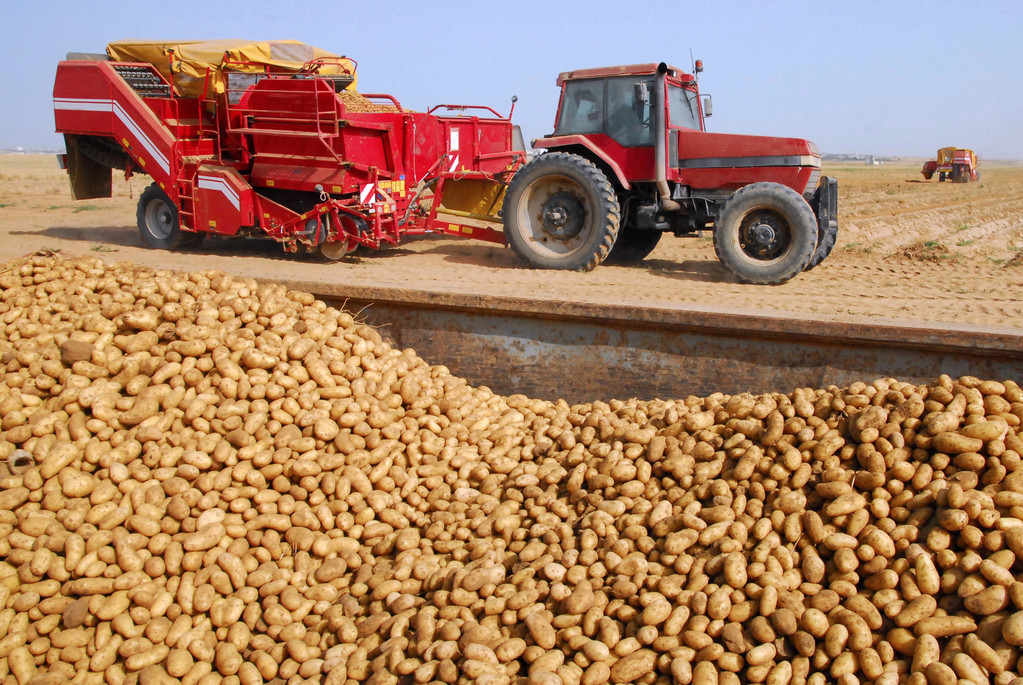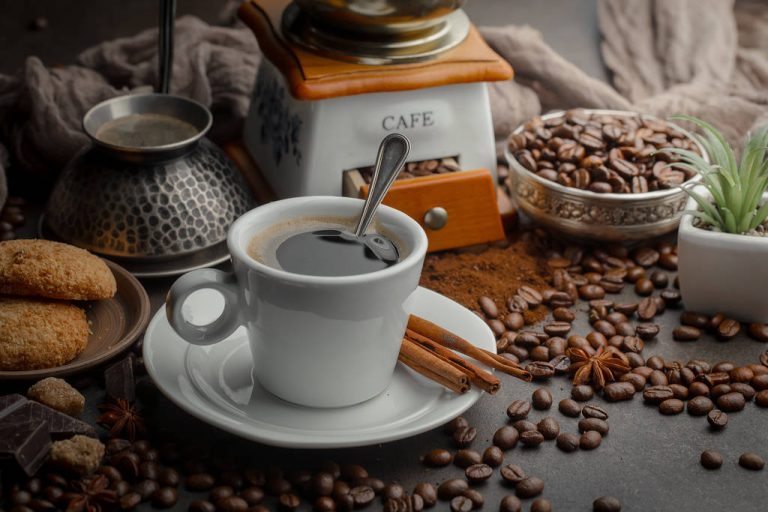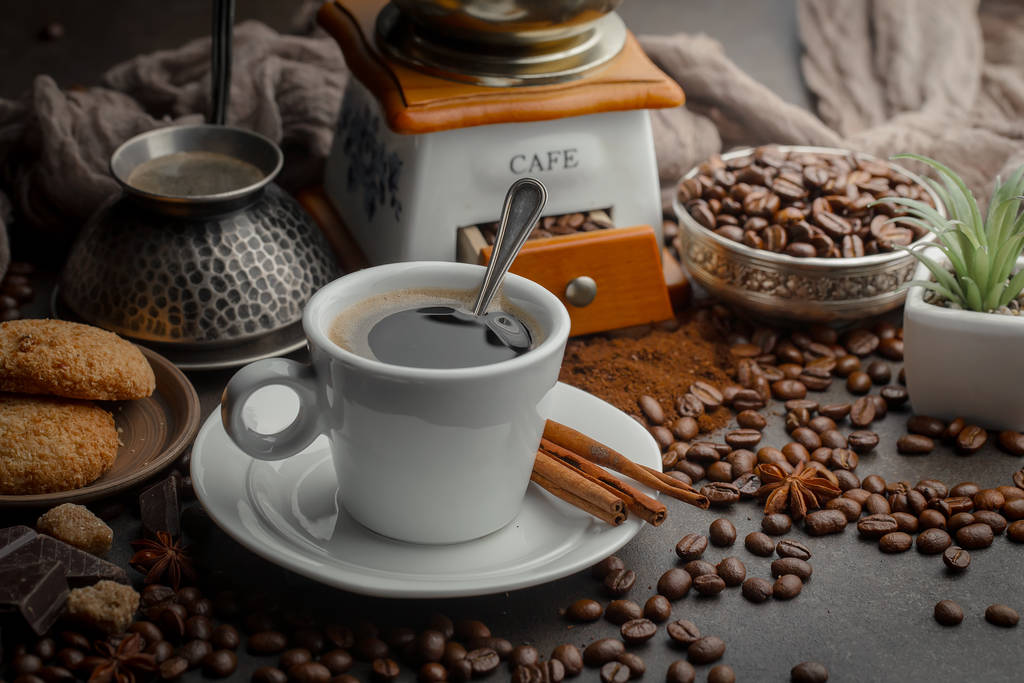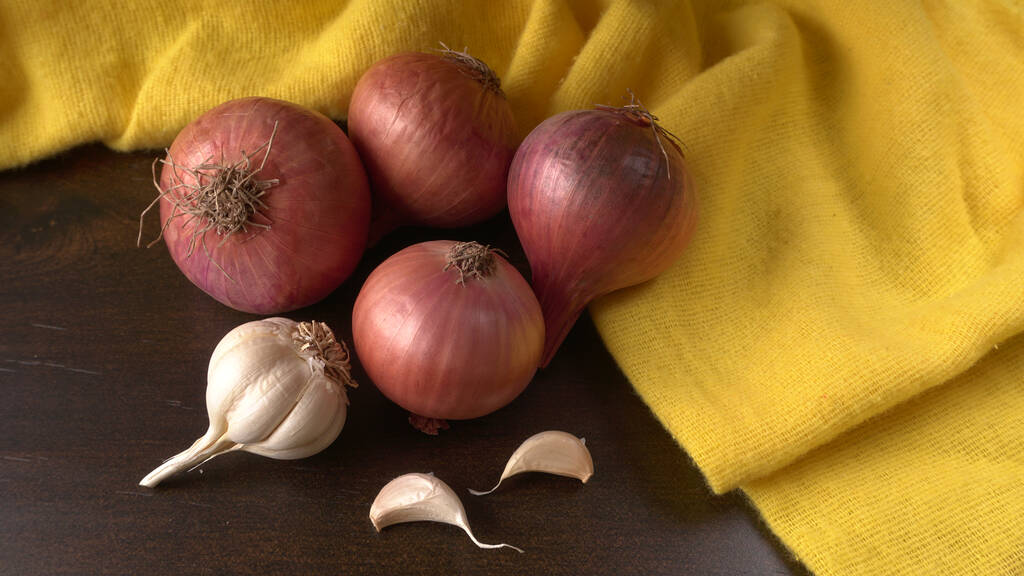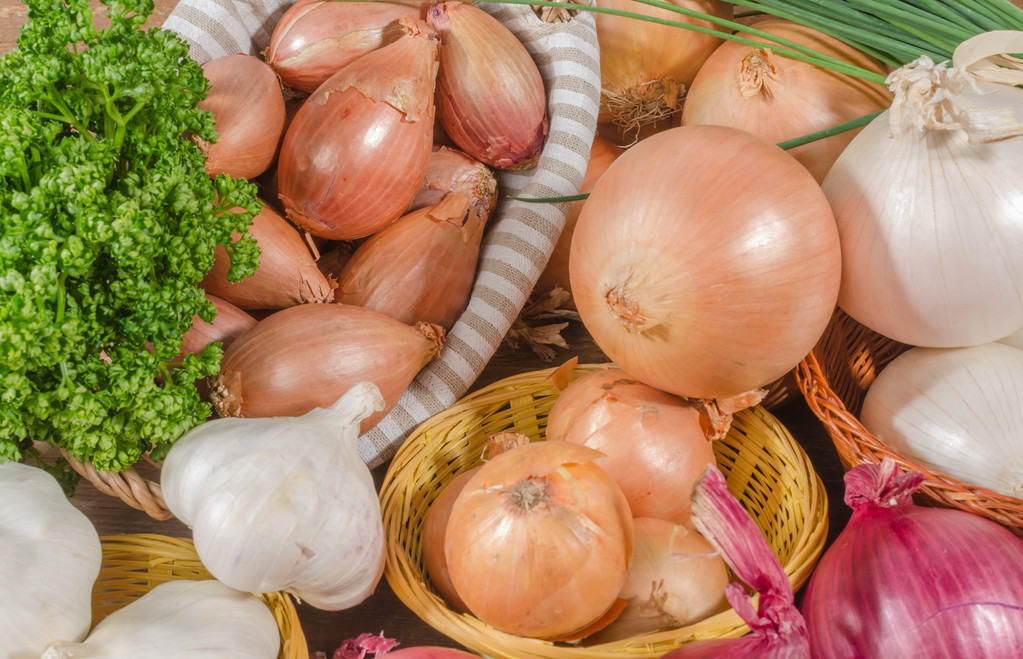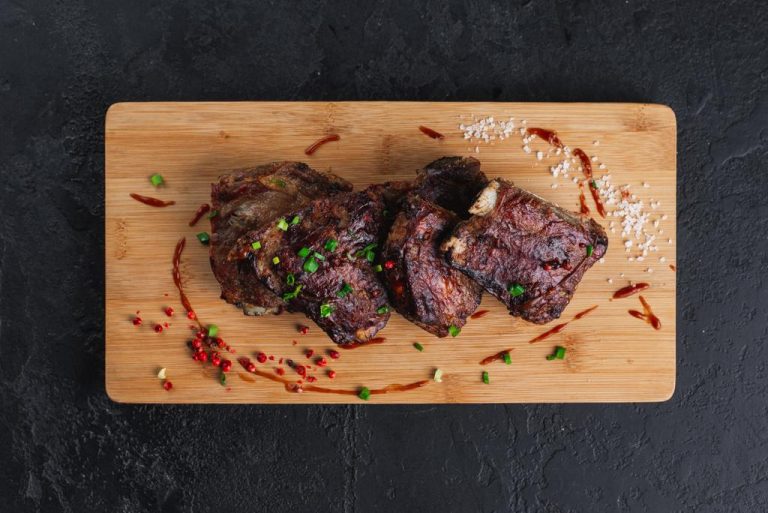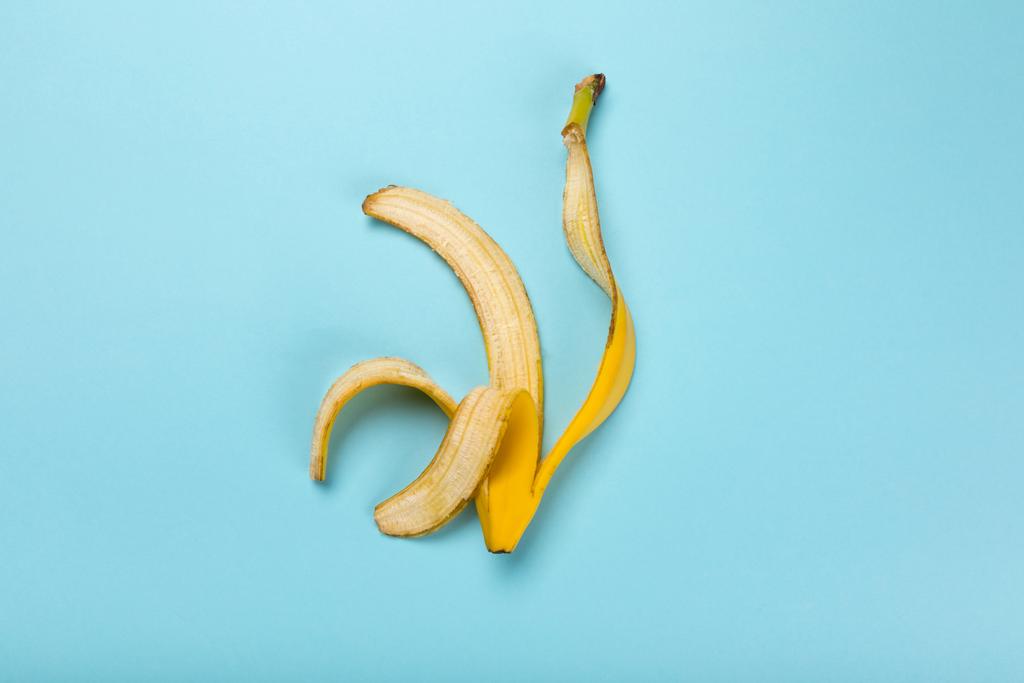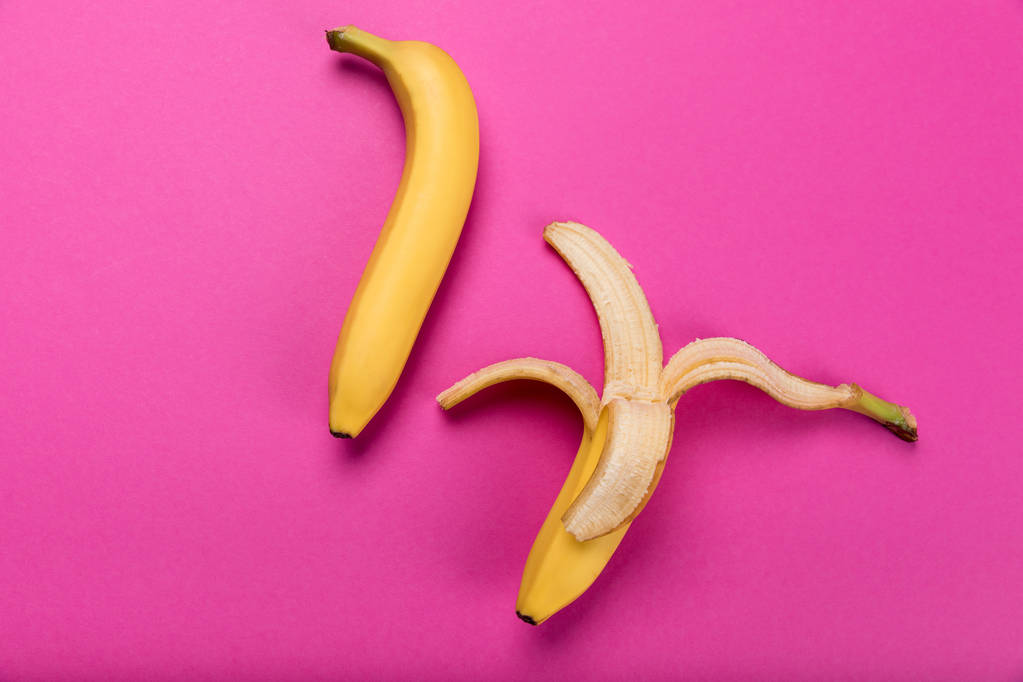Roasts, roulades, sausages or turkey – for most people, meat is still part of a feast. But is eating more meat bad for your health?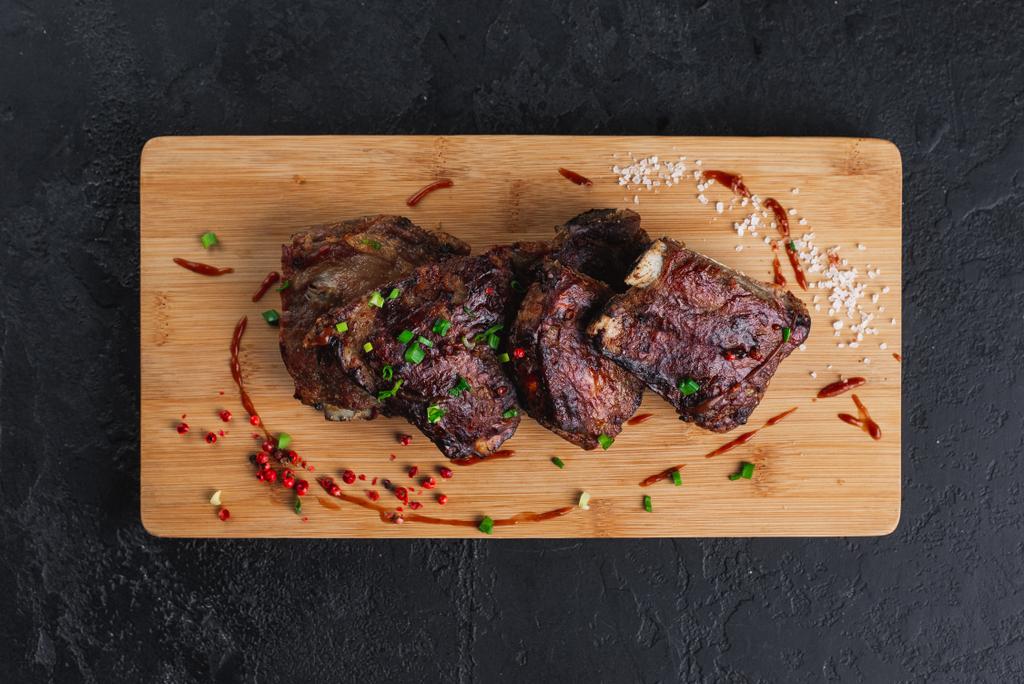
Healthy and unhealthy meat
However, meat is not just meat. There are numerous different types of meat, which can be roughly divided into two groups: the “red” meat group and the “white” meat group.
The first group includes most Western European meats, such as beef, veal, pork, mutton or lamb. White meat includes poultry. Meat color is primarily dependent on myroglobin, a muscle protein through which the animals absorb oxygen. Meat color therefore develops according to the amount of muscle protein, i.e. red meat contains more myroglobins. In general, white meat is healthier than red meat.
It should also be noted that the individual pieces of meat are composed differently, for example muscle meat consists of around a fifth of particularly high-quality protein.
The Max Rubner Institute, the Federal Institute for Meat Research, was founded in the 1930s with the aim of increasing meat production and improving preservation options. The “Institute for Safety and Quality in Meat” is located at the Kulmbach site, which researches the process chain of meat as a foodstuff from agriculture to the consumer. It is interesting how the focal points of the research institute have changed from its foundation to the present day. Today they are representative of a changed, more conscious approach to “meat” as a foodstuff.
Based on current studies, the Federal Institute for Risk Assessment (BfR) and the Max Rubner Institute (MRI) support limiting meat consumption to a maximum of 600 grams per week. The consumption of red meat should be limited because there is a possible connection between the consumption of red meat and certain types of cancer, although conclusive research results are lacking.
It is clear that with a high consumption of meat in general, the entire diet is nutritionally unfavorable and a reduction in red meat in the diet is generally a sensible approach to reducing energy intake and, on the other hand, increasing the intake of health-promoting foods.
What to look out for when buying meat.
As a customer, you are spoiled for choice. Those who do not necessarily have to watch their wallet when buying meat have significantly more options for making meat enjoyment healthier and can also buy a piece of meat in the organic farmer’s farm shop. But not everyone uses fresh meat when buying meat. Cheap offers in the meat sector lead to quality losses in the long run, which has an impact on both the husbandry conditions and the processing methods. Even if a lot has happened in the area of animal welfare and labeling as well as consumer transparency in recent years, we are still a long way from achieving a generally animal-friendly and at the same time healthy shopping behavior.
Nevertheless, there are ways to consciously buy and eat meat. In general, meat from the butcher’s counter is not automatically healthier than packaged mass-produced goods, but it is usually fresher. With many cheap products, numerous bacteria can also cavort in the packaging and thus lead to stomach and intestinal problems. Meat from the butcher is more expensive, but usually fresher. In addition, it also enables a more conscious shopping behavior, because it can be bought more specifically according to need and the environment can be protected by not using plastic packaging.
In general, the following should be considered when buying meat: raw meat can spoil very easily, so it is particularly important here not to interrupt the continuous cold chain for too long. The correct storage should take place at temperatures below +7 degrees Celsius, better still at a maximum of +4 degrees Celsius, because harmful germs can only multiply slowly at cool temperatures. In the case of packaged meat, the storage temperature specified on the packaging should be observed.
Furthermore, the transmission of germs from raw meat to other foods through direct contact should be avoided, which is why basic hygiene should be in place. When buying meat, you should pay attention to the smell, the surface texture of the meat, the color and the marbling. The more marbled the meat, the better the taste. The older the animal, the more the color changes from white to yellow or dark yellow.
If you have bought fresh meat, it should be stored in a cool place immediately after purchase. The coolest spot in the fridge is recommended for this, usually the glass shelf above the vegetable compartment. Storage at a maximum of +4 degrees Celsius is recommended. Here, however, certain storage times should not be exceeded. Raw sausages and raw ham, on the other hand, do not have to be stored in the refrigerator; they can be kept for several weeks if stored dry and cool. Basically, raw minced meat should be prepared as soon as possible on the day of purchase, whereas goulash, sliced meat, poultry, raw skewers and offal should be processed after a day at the latest. Roast meat, steaks, large pieces of meat, as well as boiled and boiled sausages can be stored in the refrigerator for three to four days. Prepared, meaning well-done, meat can be stored in the refrigerator for two to three days before it spoils.
There is also the option of buying frozen meat. It is also important here not to interrupt the cold chain and to pay attention to the specified expiry date.
Of course, fresh meat can also be frozen, which increases the storage time considerably compared to the refrigerator. Optimal storage conditions usually mean -18 degrees Celsius, under these conditions pork can be kept for up to 8 months and beef for up to 12 months. A time limit here is the fat content of the meat or the onset of fat spoilage. Bacteria, yeasts or molds fall into a “cold sleep” at freezing temperatures, so they do not multiply. However, most microorganisms survive the freezing and become active again when the food is thawed. It is therefore particularly important here to defrost meat slowly and in the refrigerator. Defrosting liquid must be thrown away.
To avoid transmission of pathogenic bacteria, meat, plate or bowl must not come into contact with food that is eaten raw. This applies in particular to poultry and pork due to possible contamination with salmonella.

